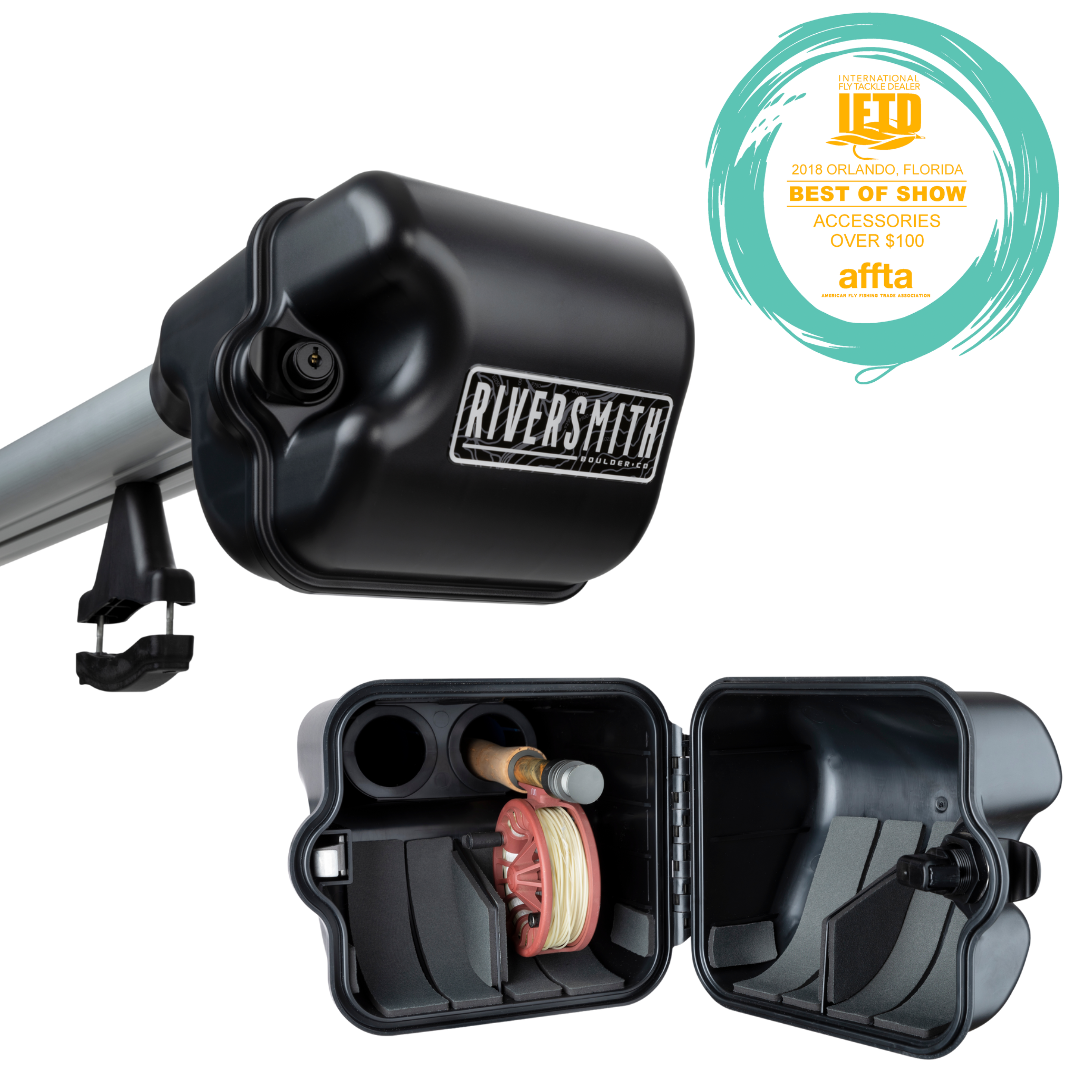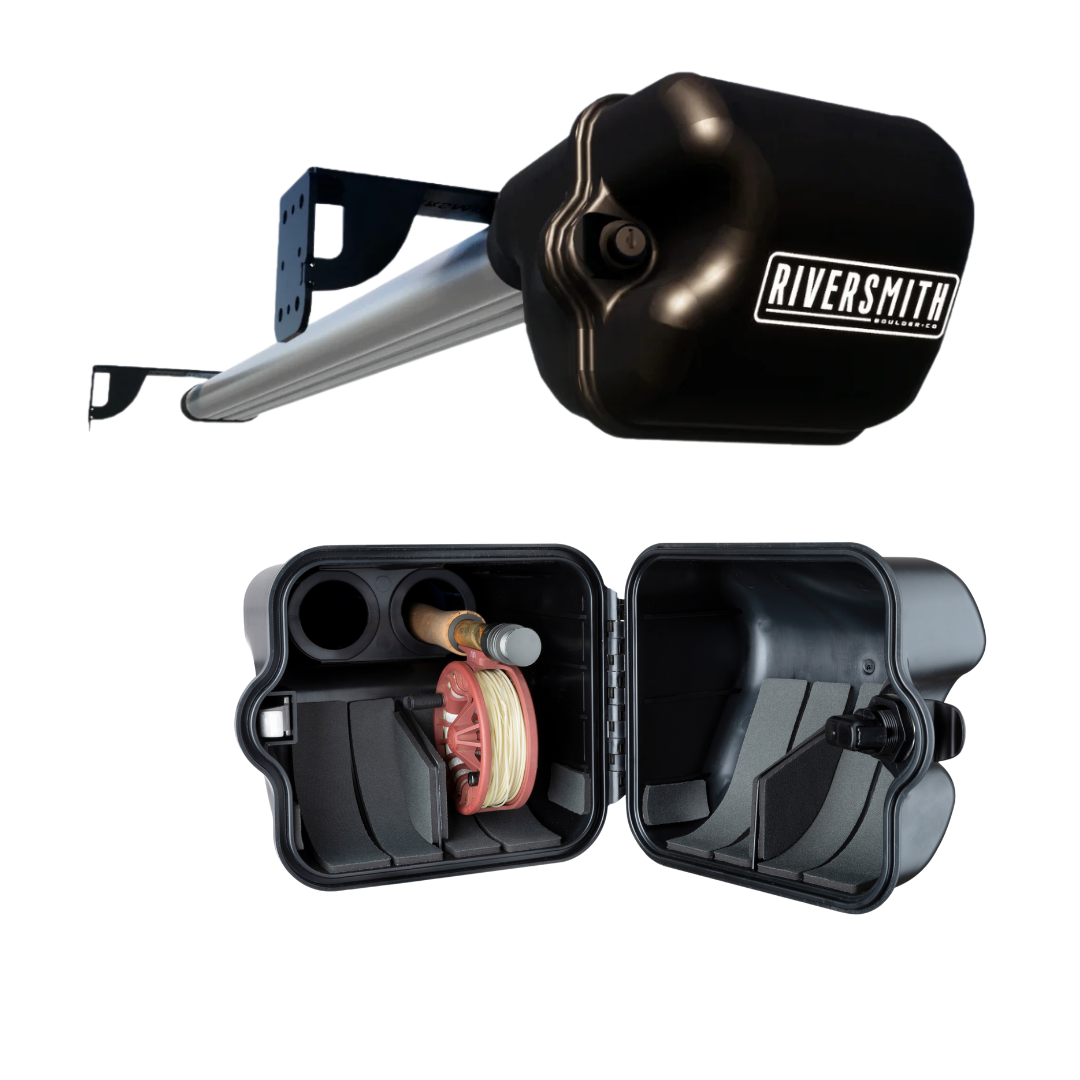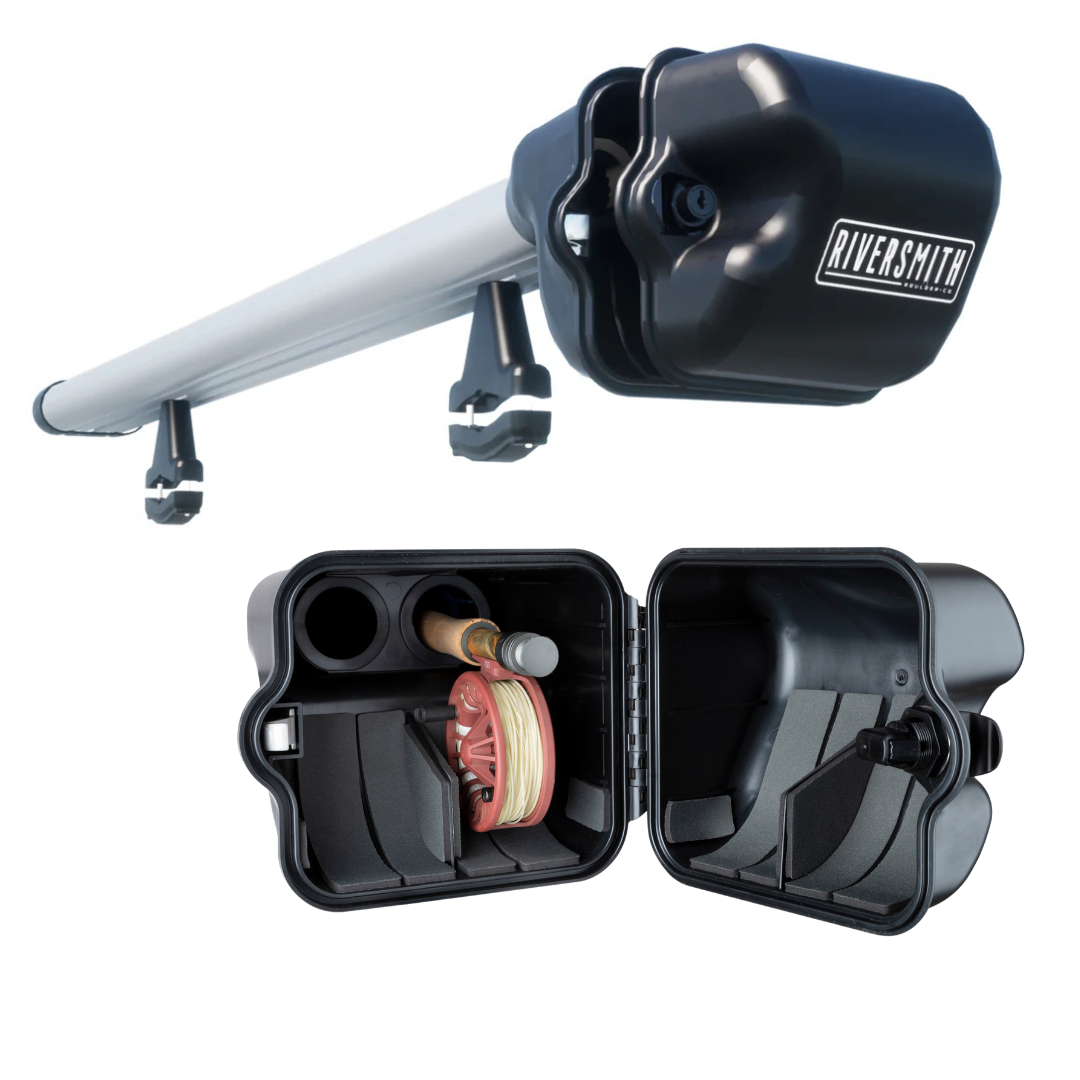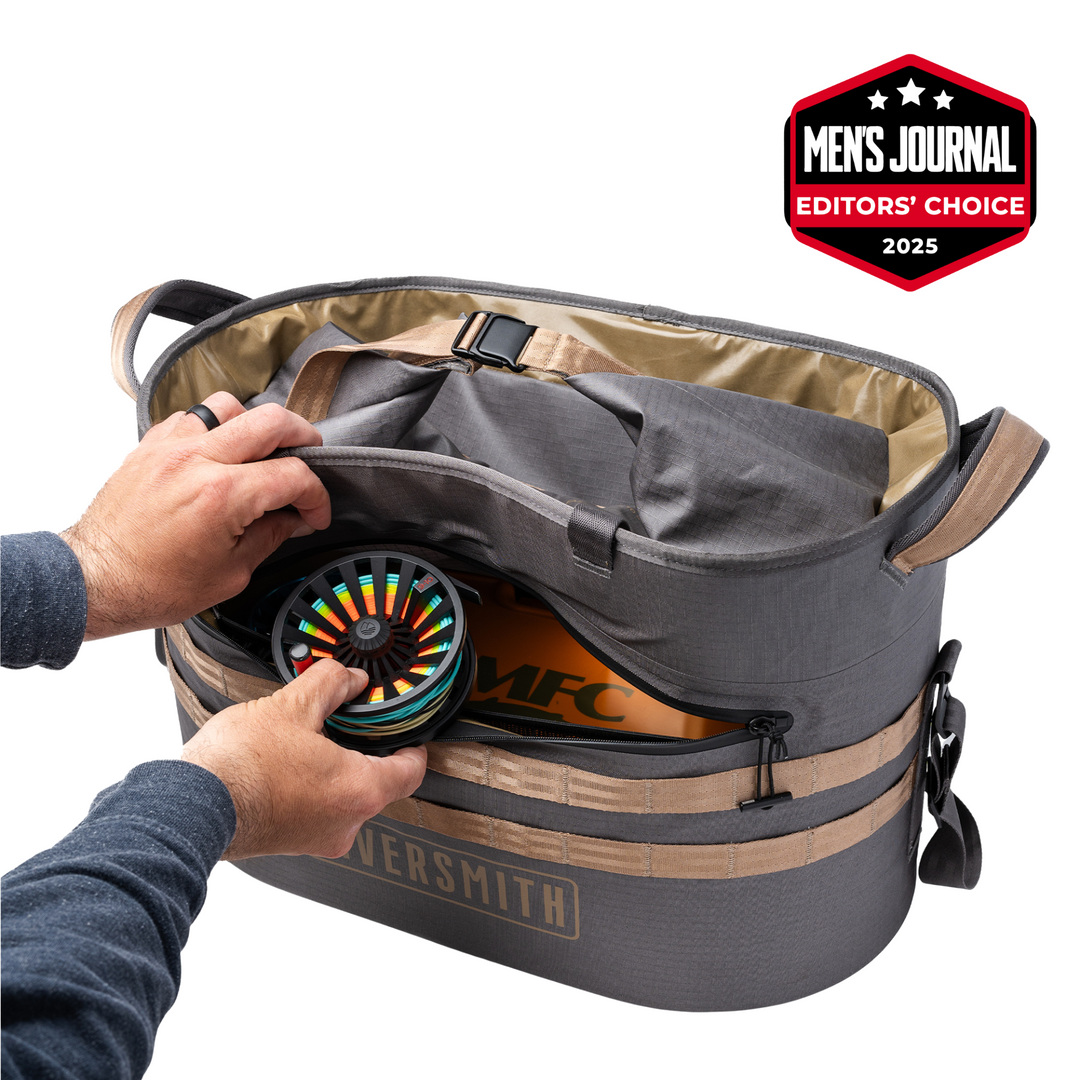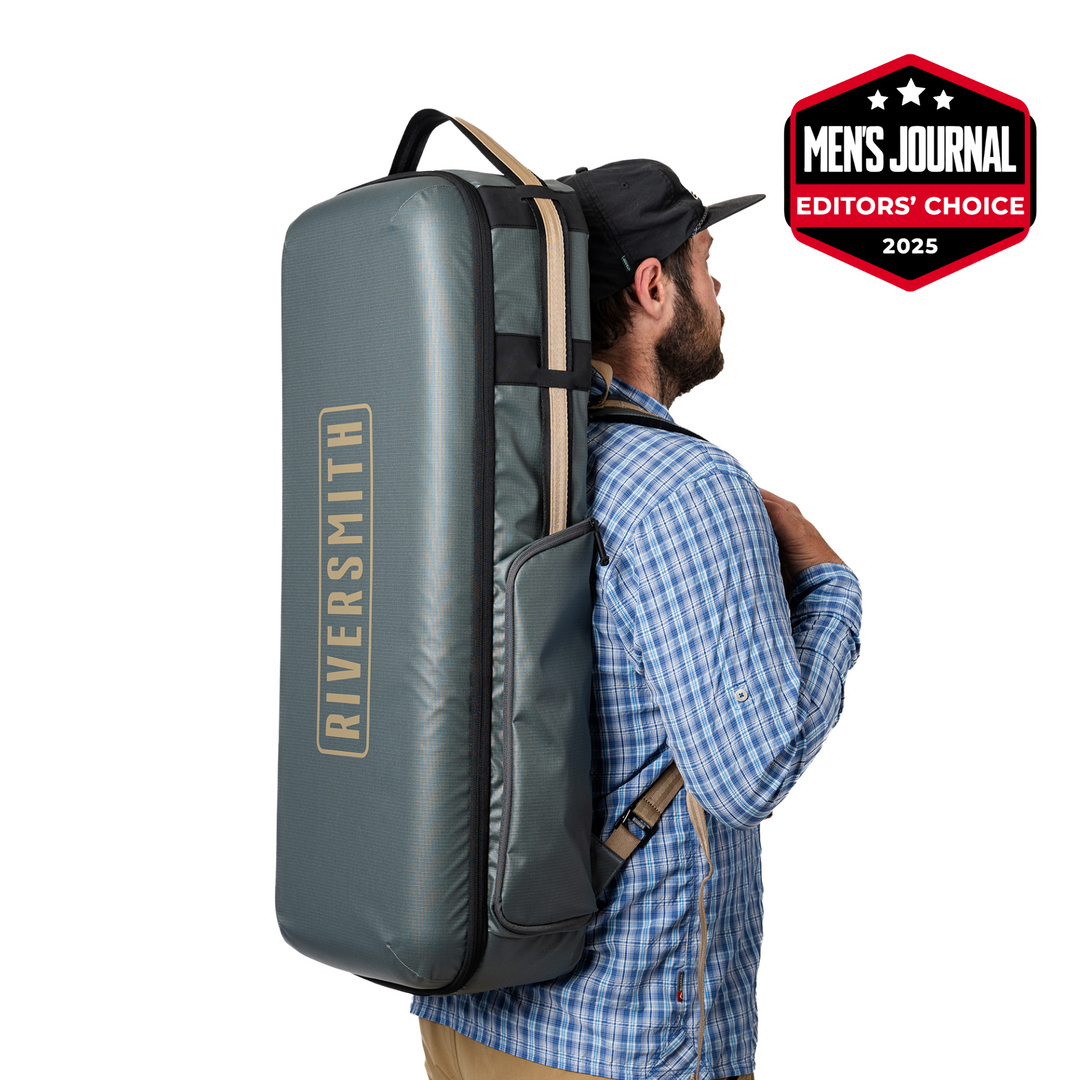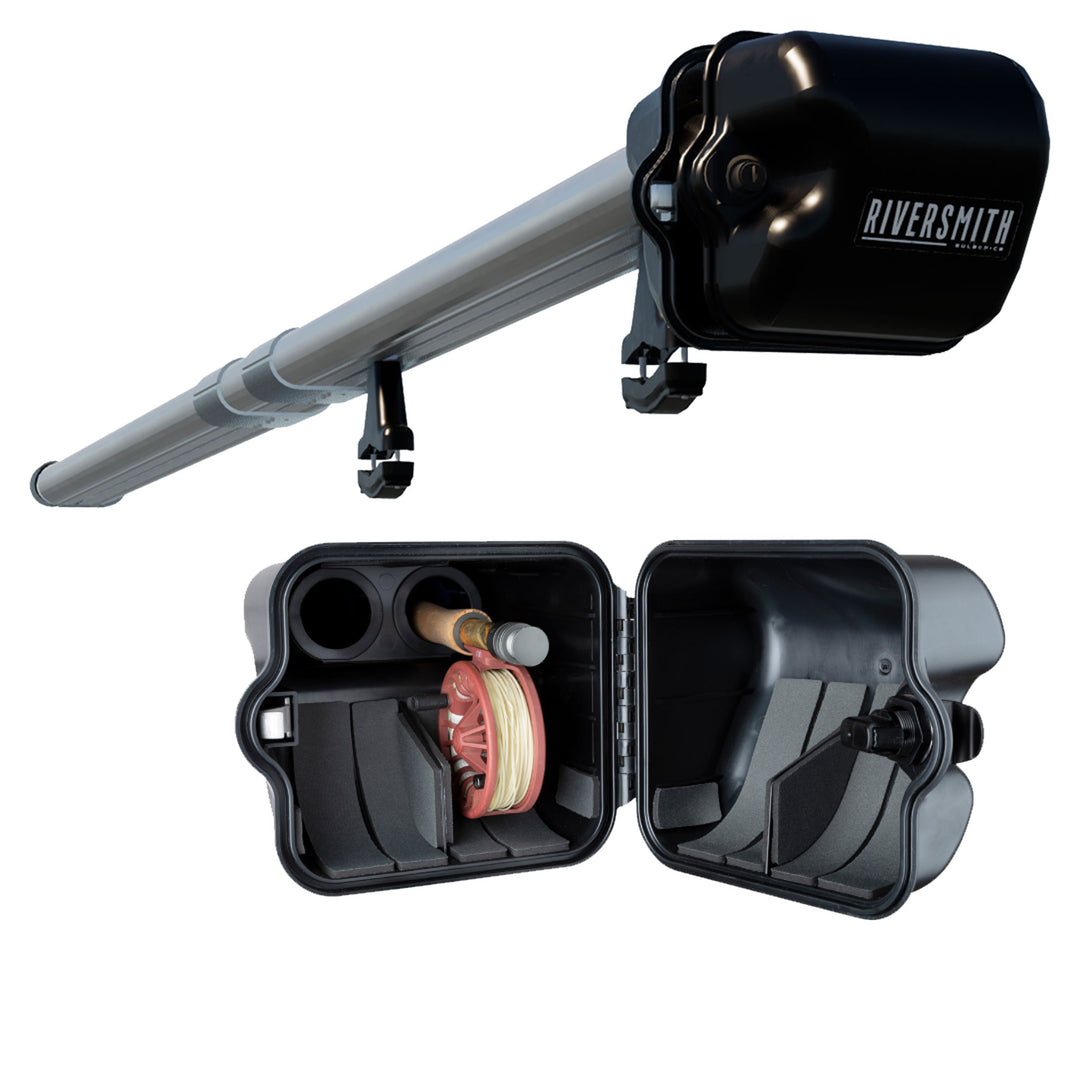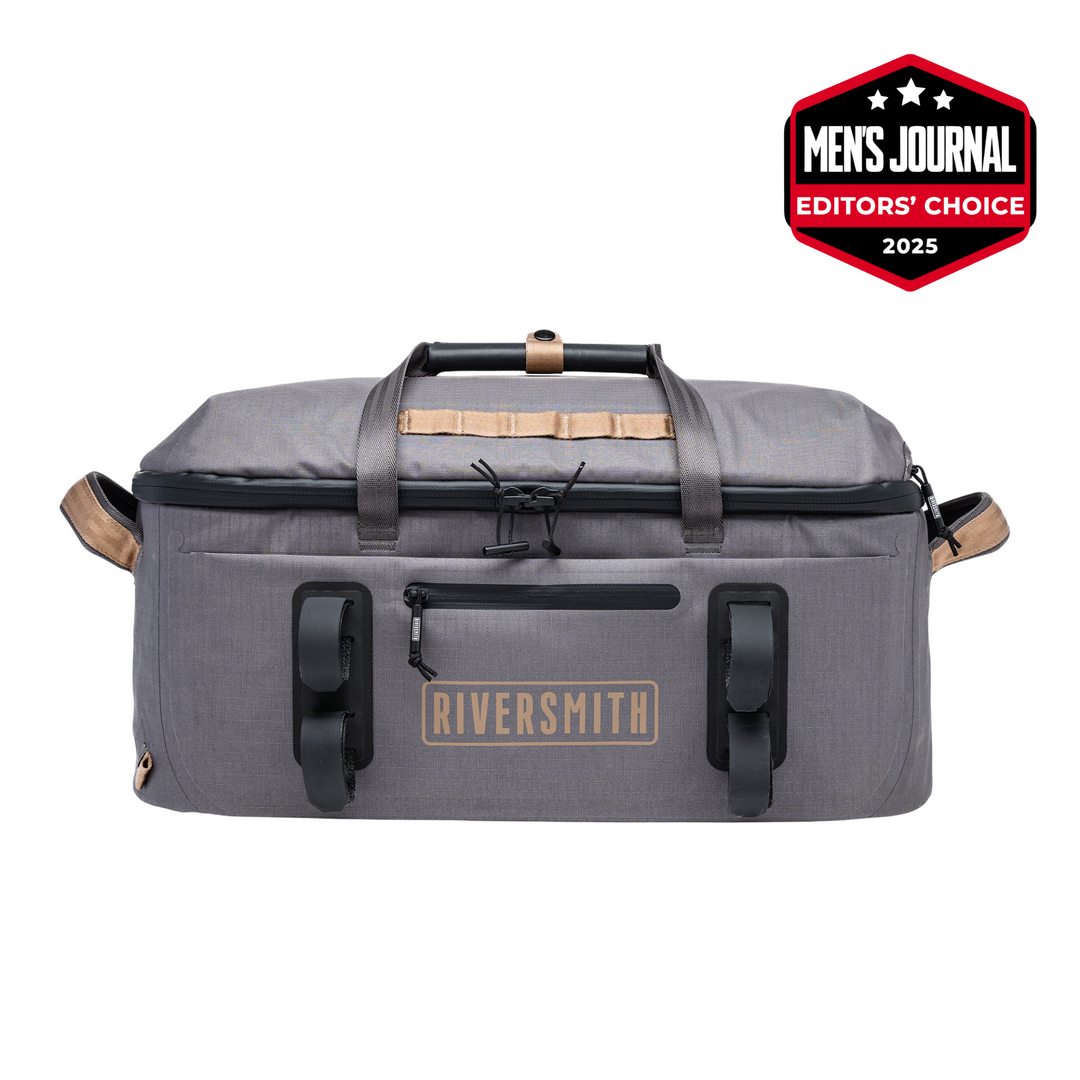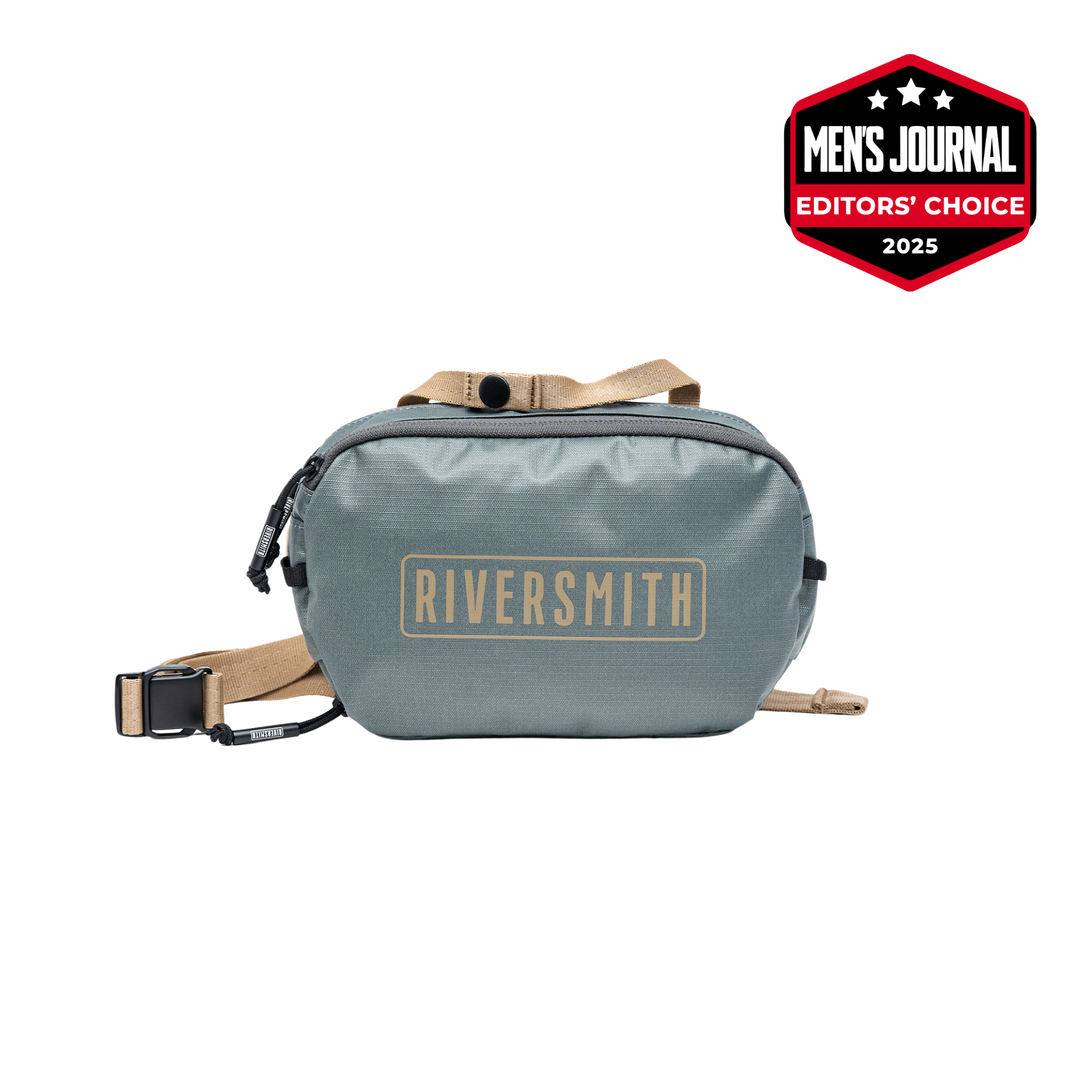Teaching kids to fly fish is one of the most rewarding ways to pass your passion for the outdoors to the next generation, but it only works when you approach the day on their terms instead of yours. Kids have different balance, different reach, different attention spans, and different ways of taking in information. When the environment is right and the setup is simple, they learn quickly. When it is too deep, too busy, or too complicated, the day turns into frustration.

Start with the Right Water and Plenty of Space
The first decision that determines whether the day goes smoothly is where you stand. Kids need more physical room than adults. Their casting strokes are wide and unpredictable, and they often turn their entire body as they cast. Give them enough space that they cannot reach you, a sibling, a dog, or a tree on either end of their stroke.
Depth matters too. Kids learn best from the bank, or at most, in shin-deep water with firm footing. Anything deeper or pushier pulls their attention away from casting and toward staying upright. Even with waders, they do better in shallow and slow water where they feel the bottom clearly and can shift their weight with confidence.
Clear and calm water also keeps them engaged. Kids stay locked in when they can see their fly land, watch their indicator drift, or see a fish flash underneath. Fast or deep water hides that feedback. Pick water that gives them visible cause and effect.

Keep the Rigging Simple and Rebuild-able
A simple rig helps kids learn faster and keeps the day moving. A short leader with a single fly is usually enough. If you need weight, use one split shot. If an indicator helps them track the drift, add a small one and keep it easy to move.
The point is not to oversimplify. It is to avoid systems that create long downtime when something tangles or knots slip. Kids measure a fishing day by how much of it they actually get to do. The more time spent fishing and the less time spent fixing, the more they stay engaged. It is also important to involve them in the rigging process. While they may not be ready to tie an eight-turn blood knot with their eyes closed, you can let them pick the fly, watch as knots are tied, and pick the location of the indicator. When they understand the rig, they also understand how to reset it, which builds confidence quickly.

Teach Hook Management as a Habit
Before you ever let them cast, teach them how to handle the fly safely. Kids are not reckless by nature, just inexperienced. They need a routine.
Show them how to pinch the hook by the bend, not the point. Show them how to keep the hook pointed away from themselves when they walk. Show them how to clip the fly into the hook keeper or the stripping guide every time you move spots or stop casting.
Do it slowly and let them practice it. Hook awareness becomes automatic faster than you expect. Once that routine is set, everything else becomes easier and safer.

Match the Gear to Their Size and Strength
Downsizing kids into novelty gear does more harm than good. You want them fishing equipment that is appropriate for the water and the size of the fish, but not so heavy or long that it forces techniques they cannot physically pull off. There is a real balance here. A rod that is too big turns every cast into a wrestling match. A rod that is too light or too toy like teaches nothing they can carry forward.
The only real advantage to kid specific rods is psychological. They get something that feels like their own, and at lower price points you do not have to hover in fear of them snapping a premium rod or dropping an expensive reel. Nothing derails a good day faster than a kid remembering the moment they broke mom or dad’s favorite reel instead of remembering how much fun they had outside.
Two solid options that hit the right middle ground are the Orvis Mighty-Mite and the Echo Gecko outfits. Both give kids enough performance to learn real skills without asking too much of their strength or hand size.
Whatever you choose, watch how they hold the rod. If their wrist is always cocked at an odd angle or they keep shifting their hand because the grip feels wrong, the setup is too big. If they look loose and comfortable, you are in the right zone.
Line handling should match their natural movements too. Right-handed kids should strip to the right side. Left-handed kids should strip to the left. Simple alignment avoids unnecessary tangles and lets them focus on the fun part, which is watching the line straighten and the fly land where they meant it to. The Convoy PackOut Bag is an excellent size for kids to store their own gear. It is highly adjustable, holds plenty of flies and snacks, and gives them a simple way to carry what they need without feeling overloaded. It can also be a useful tool for teaching stewardship of the resource. Kids take pride in packing their own bag, and they often enjoy picking up trash they find along the way.

Start with Short Casts
Long casts exaggerate errors. Short casts show progress quickly. Ten to fifteen feet is plenty for their first sessions. With that distance, they can make a clean pickup and laydown, see the line straighten, and feel the rod load in a way they understand.
Once they can control short casts, longer casts become natural. If they struggle, shorten the distance again. Kids respond well to achievable targets.
Use Quick and Focused Tasks to Keep Them Learning
Kids learn well when the task has a clear endpoint. You can build instruction into small challenges that feel like a game instead of school.
Try things like:
• Land the fly just ahead of that rock
• See if you can straighten the line all the way out
• Mend before the indicator reaches that leaf
• Pick up and put down with no slack on the water
These small goals keep them focused and give them wins even when fish are not eating.

Let Curiosity Happen Naturally
Kids will wander. They will flip rocks, chase minnows, poke at moss, and tap the net on the surface even when no fish is involved. That curiosity is part of the experience, and it builds the kind of comfort with water that makes fly fishing less intimidating.
They almost always come back to the rod on their own. Let the pauses happen. Rushing them back into casting usually has the opposite effect.

Every kid has a limit. Some have forty minutes. Some have the whole afternoon. The key is to stop while they still feel good. Ending the day on a clean cast or a feisty bluegill means more for their long-term interest than a trophy fish.
Snacks are critical. Drinking water must always be at the ready. Dry clothes help even more. Teaching kids goes best when you treat the day like a series of short and fun missions instead of an all-day outing. To maximize the day, make sure your setup is efficient and minimizes downtime. The smoother the logistics, the more energy you have for the kid. Traveling with rods already rigged and safely protected in a River Quiver saves the first thirty minutes of knot tying and line untangling. Those minutes are usually when kids are most attentive. If you can get them on the water quickly, the whole day improves.

Give Them the Environment to Succeed
The best way to teach a child to fly fish is to shape the environment so they can learn at their own pace. Shallow water. Open space. Simple rigs. Abundant fish that are eager to eat. Beginner-friendly species like panfish and small brook trout. Safe hook habits. Gear that fits. Small wins. A day that ends with them wanting more.

Kids learn fast when the setup supports them. And once they see the river the way you do, they tend to stay with it.



